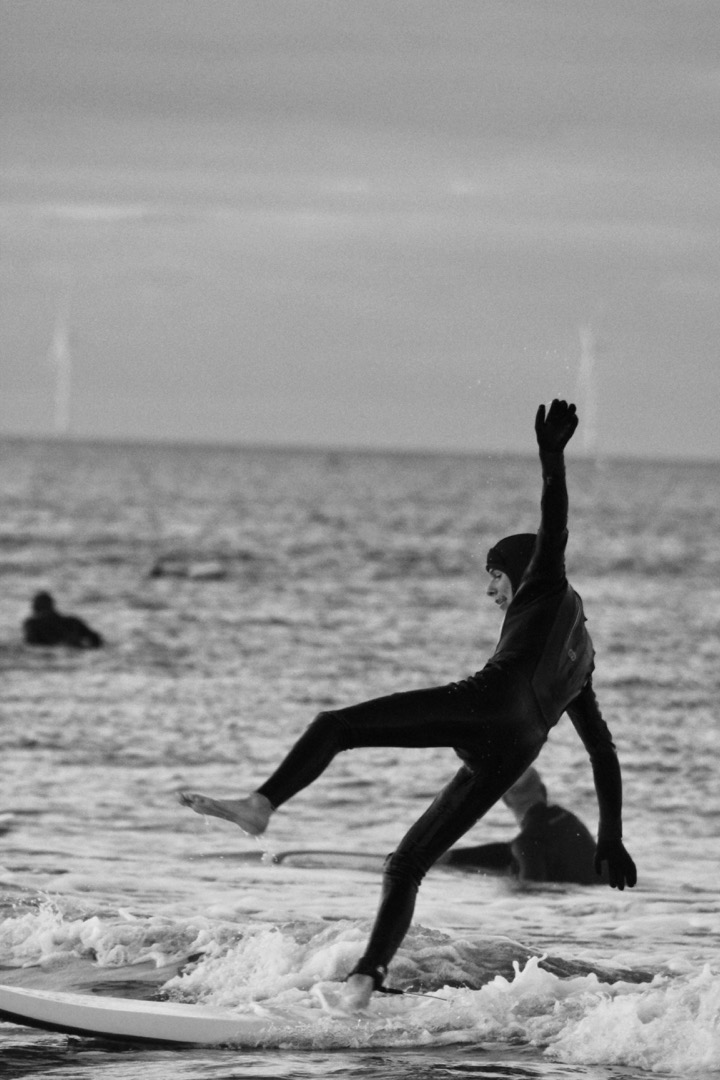On Falling
I was out for a run not far from the house when I fell. I turned the corner past an intersection and saw a slow pedestrian not far ahead. Rather than slow down, I tried to pass around a traffic light control box. Just as I did, I lost my footing and slapped down onto the concrete. I wasn’t badly hurt—just scrapes on my hands and an inexplicable shoulder bruise—but I was stunned. For just a moment, I stayed down, felt my body’s weight on the dirty sidewalk, leg hanging over the blacktop, head resting on concrete. Then I picked myself up, literally dusted myself off, and went on with my run.
Everyone falls, has fallen, will fall again.
Little kids—especially the really little ones—fall down all the time. Most of the time, they are fine. It can be hard to tell which falls they’ll happily toddle away from and which ones will require comforting and bandaids, and even those are usually unworrying in the end. When they have love and support, kids are resilient, mentally and physically. When I learned to ski in my 30s, I envied the little kids I shared the bunny hill with for their ability to fall hard and pop right back up unfazed. Learning to ski is a good way to reacquaint yourself with falling if you’re out of practice as a grownup.
Young children can achieve a kind of falling-drunk ecstatic state. I’ve seen it. Sometimes, when they’re playing at something that causes them to fall a lot, they’ll abandon the game and just start falling down for the sheer joy of it, spreading like contagion. Hurling themselves on the ground again and again, laughing uncontrollably, they fall every way they can imagine: tumbling headfirst, flopping like a ragdoll, sliding longways, jumping for hangtime, clutching each other to land in a pile.
Some unlucky kids get hurt in a fall, but I estimate that most don’t come to understand the potential for injury until they’re much older, maybe teens. By then, the simple geometry of bigger bodies makes falling a riskier proposition. I remember taking a couple of painful bumps at that age, but looking back now, it’s almost comical how quickly my body recovered from those injuries. They were painful enough to remember, but largely not serious enough to scar.
Most teenagers have gotten pretty good at the mechanical aspects of staying upright, which greatly mitigates one of the major reasons people fall. Falling at that age is usually the result of mental error. Kids largely figure out their bodies relatively early, dealing with the rest is the work of a lifetime.
A fortunate thing about middle age is that falling hasn’t yet taken on the grim implications it has for the elderly. Still, I’m somewhere on that road. Unless something else takes me out before I get there, it’s the destination I’ll eventually reach, where the prospect of a fall is persistent and life-threatening.
For now, at least, I’m fortunate enough to be able to get back up after a brief rest on the pavement. I’m still green enough to take bumps and learn from them, and in so doing avoid more dire falls later on. Scrapes and bruises (even inexplicable ones) don’t heal as fast as they used to. The little aches seem to last longer, too. But I’m on my feet, one after the other, picking up speed down the sidewalk. I’ll slow down before I go around the next signal box, and I’ll feel my feet steady-sure to the ground.

